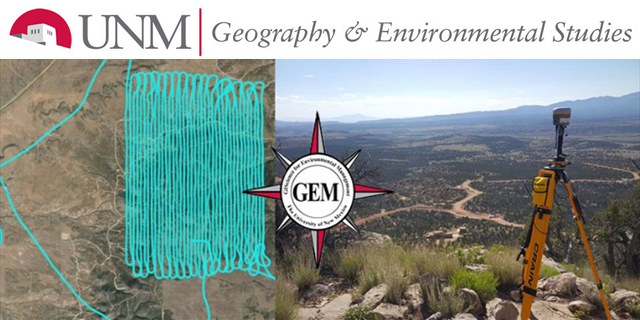
Geography ETDs
Publication Date
Spring 5-13-2022
Abstract
In 1819, the Spanish Crown established Cañón de Carnué land grant as a buffer between the colonial settlement of Albuquerque and raids from Plains Apache and other nomadic tribal nations. Upon entering the U.S. period of Manifest Destiny, Carnué land grant heirs lost much of the land they stewarded as a collective to the Cibola National Forest. While the state generates laws and policies that complicate the prioritization of subsistence land uses by land grant communities, Carnué’s presence is felt as grantees reform relationships to their environment and assert their personal stake in stewardship and care. I argue that Carnué’s subordinated status as a community land grant populated by a mix of low status Spanish and Hispanicized Indigenous grantees under the Spanish Crown and subsequent marginalization in the U.S. period does not completely undermine their ability to inform the environmental policies and practices that govern their surroundings.
Degree Name
Geography
Department Name
Geography
Level of Degree
Masters
First Committee Member (Chair)
Kristina Maria Doyle Lane, Ph.D.
Second Committee Member
Miriam Gay-Antanki, Ph.D.
Third Committee Member
Moises Gonzales, Ph.D.
Document Type
Thesis
Language
English
Keywords
land grant, political ecology, New Mexico, Forest Service, Primitive Accumulation, Carnue
Recommended Citation
Loggins, Desiree. "The Nature of Environmental Planning in the Carnué Land Grant." (2022). https://digitalrepository.unm.edu/geog_etds/55
